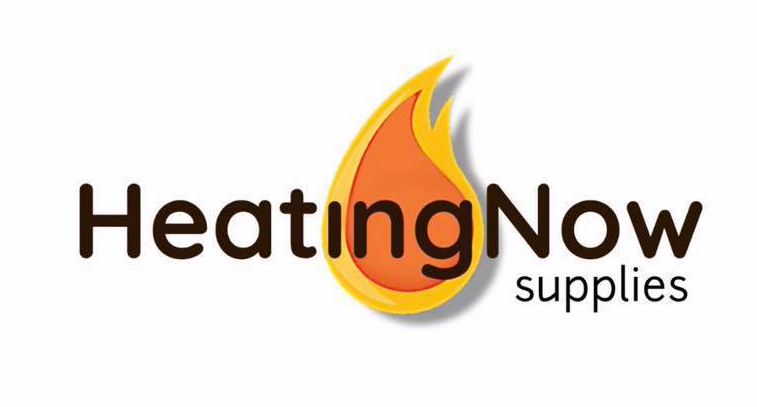BIOMAS
Stoves can be connected to a regular boiler, such as a gas boiler, or a biomass boiler. Biomass boilers, like stoves, burn wood to generate heat. They can be used along with a stove, or on their own, and are particularly good for homes not connected to mains gas. You can also get a 'wet' stove, where an integral biomass boiler is built into the firebox. This should make the most of the heat. In some cases, you can get these retrofitted to the stove using a 'clip'. There are also pellet boiler stoves, another form of stove and boiler in one, and flue boilers, which fit onto the flue connection between the stove and the chimney. We wouldn't recommend adding a 'back boiler' to an old open fire as these are a lot less efficient and more polluting than modern stoves. You can use a thermal tank to link up a range of other heating systems too, such as solar panels and a gas boiler with a wood-burning stove. A thermal tank (also known as a buffer tank or accumulator) will help regulate the fluctuating use of the different energy sources - eg sun for solar panels in the summer and logs for a wood-burning stove in the winter.
- Pallets, wood chips or logs are stored, and are automatically or manually fed into the biomass boiler
- Biomass boilers burn this to generate heat.
- Heat is sent to radiators and/or underfloor heating.
- Heat is also stored in a hot water cylinder for showers, bather and taps.



